GREYHEART TRANSYLVANIAN CATTERY
In April 2025, we had the opportunity to embark on a special multi-stop visit to the United States, aimed at promoting the future of the Transylvanian breed – both from a scientific and breeding perspective.We arrived in Chicago on April 24 and continued our journey by car to Columbia, Missouri. There, we met with genetics expert Leslie Lyons, to whom we handed over genetic samples from 26 individuals from our GreyHeart cattery. The goal of this collaboration is to gain a deeper understanding of the breed’s genetic background, to “discover” the gene responsible for the Carpathian pattern, and to support a well-founded breeding program.
Following this, on April 26, we traveled to Springfield, Illinois, where we participated in the CFA cat show organized by Lucky Tom Cat. This event not only provided an opportunity for us to introduce ourselves but also led to new connections and reinforced our previous collaborations. After several years of European showcases, we enthusiastically embraced the opportunity to present our cattery and, along with it, the Transylvanian breed on another continent.

In Springfield, we met our American breeder friend who welcomed our tomcat Heinrich GreyHeart in 2024. Over the past year, Heinrich has completely enchanted his new owner with his balanced, deeply human-centered nature. After a long period of experience sharing and gaining a thorough understanding of the breed, our partners decided to commit themselves to breeding the Transylvanian breed.
Connie’s love for cats, her professional background related to animals, as well as her breeding and exhibition experience and expertise, make her an excellent partner in promoting and expanding awareness of this new breed and working towards official recognition. An exciting and interesting journey lies ahead!
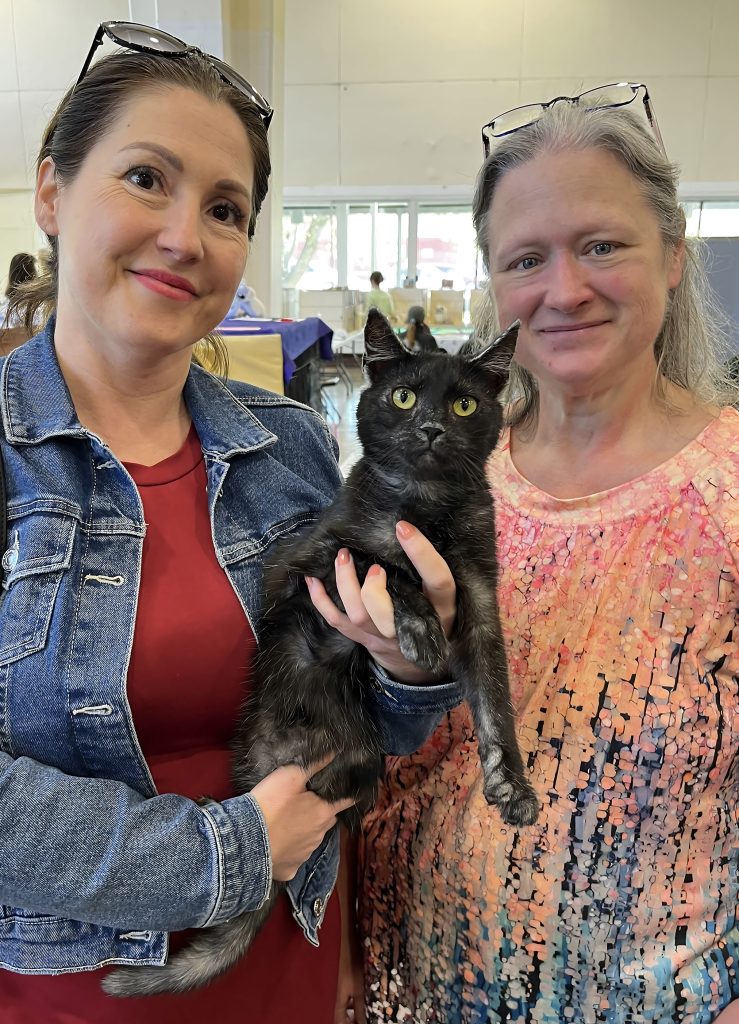
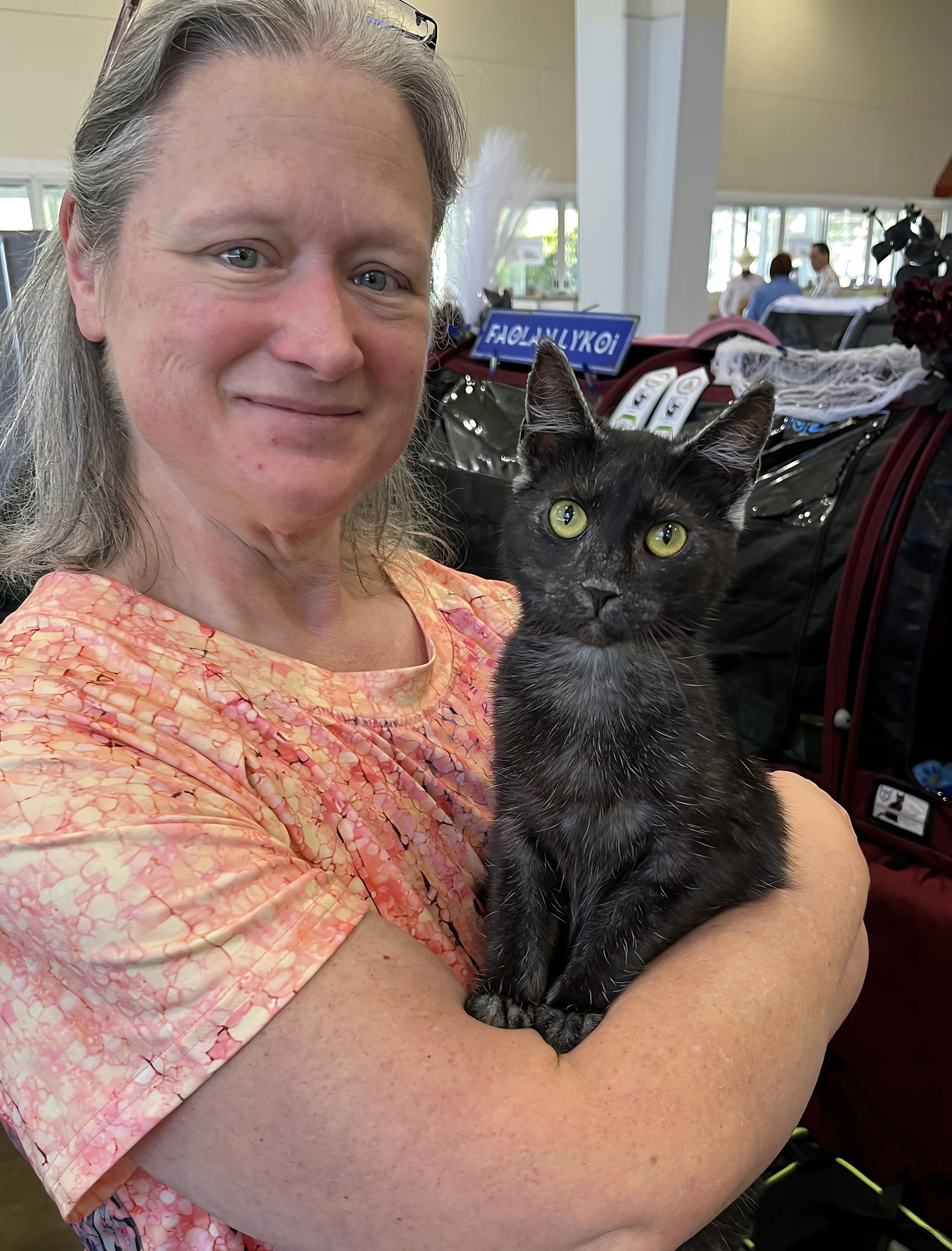
However, patience was required to establish a proper breeding pair – but it was worth the wait. In the spring of 2025, Csapi Lili GreyHeart arrived in the U.S., and she coped exceptionally well with the long flight and travel to Columbia. Lili quickly made friends, and her kind, balanced temperament charmed everyone. Heinrich and Lili make a perfect pair – not only because of their appearance and genetic background, but also due to their similarly open and harmonious natures.
Thus, the number of official Transylvanian breeders has increased by one, and with this, we have doubled the number of breeders on the North American continent (a GreyHeart breeding pair already lives in Canada, having arrived in March 2025). Heinrich and Lili GreyHeart are officially the first Transylvanian breeding pair with pedigrees and genetic testing in the United States. This is an important milestone for us, as wide-scale presentation and collaboration with truly dedicated, professional breeders around the world are essential for the breed’s international recognition.netics.
CFA Cat Show in Springfield
At the Springfield show, we personally introduced the Transylvanian breed in the United States for the first time – although, due to CFA regulations, Lili could not be officially entered – her presence still generated great interest.
Breeders participating in the show welcomed us with openness, sincere interest, and professional curiosity. It was a great experience for us to see seven of the 36 different cat breeds presented live for the first time (as these breeds have not yet appeared at WCF exhibitions in Europe). Particularly remarkable was the professional attitude of the American breeders: with great enthusiasm, in-depth knowledge, and thoroughness, they presented their breeds, providing a fascinating experience for curious visitors.
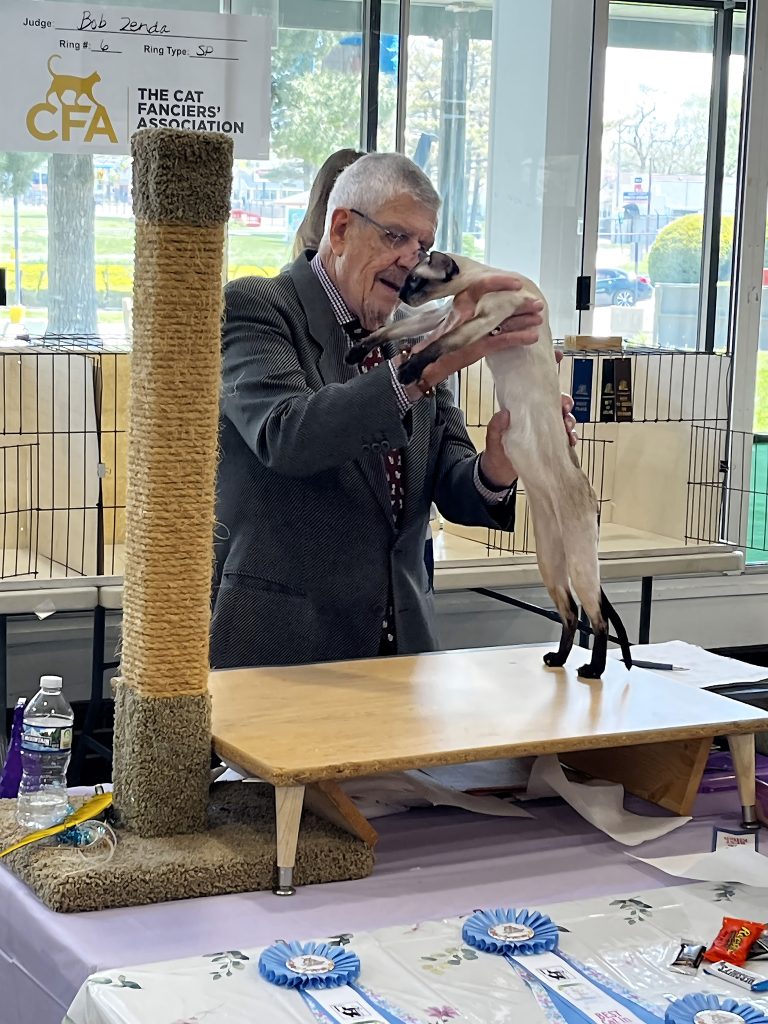
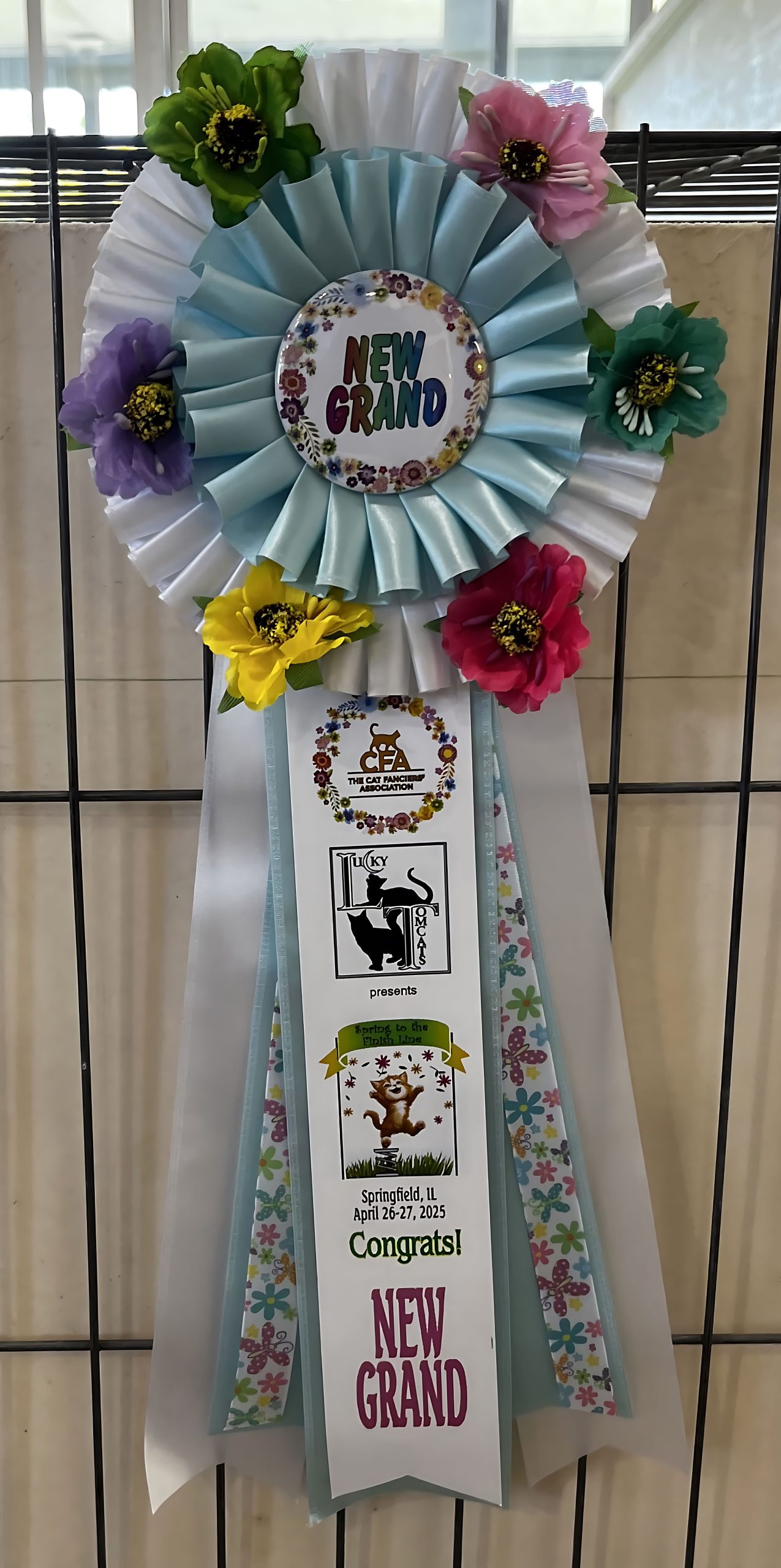
We anxiously followed numerous evaluations during the exhibition, and the event had a great atmosphere, reinforcing our belief that the presentation and acceptance of the Transylvanian breed has a future in the United States. The show provided a fantastic opportunity to gain experience, observe the work of other breeders, and spark interest in this unique, characterful, and people-loving breed.
If you would like to read scientific publications related to feline genetics, visit Dr. Leslie Lyons’ page at the link below!
For GreyHeart, this journey was not only a professional visit but also the beginning of a new chapter: our goal is to promote the awareness and acceptance of the Transylvanian breed on the American continent, and – in cooperation with experienced, dedicated breeders – to achieve its recognition as an official breed by international organizations.
Every such journey reaffirms our belief that persistent, conscious, value-based breeding work can resonate not only locally and in Europe, but also across continents. We look forward to the next meeting!





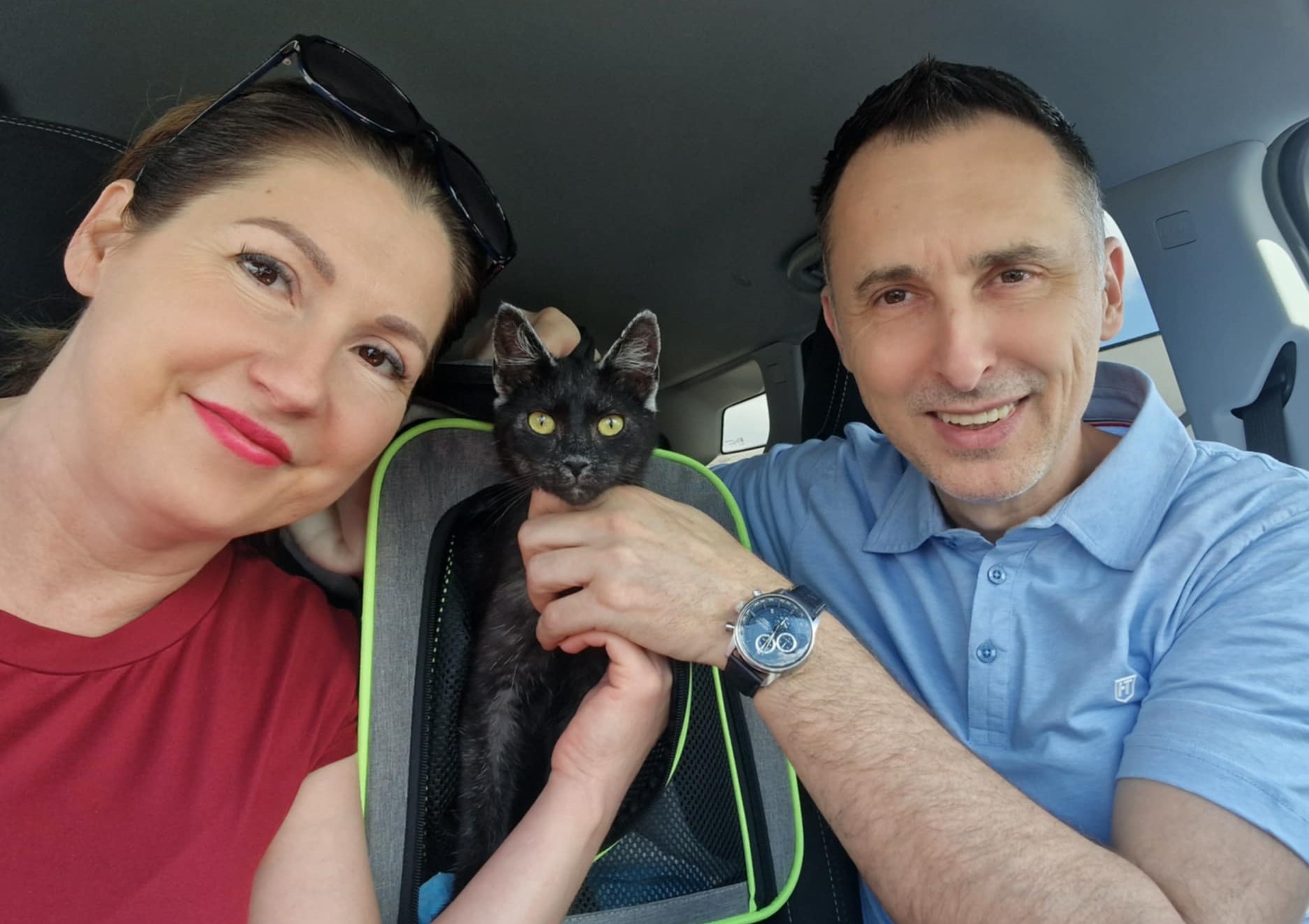
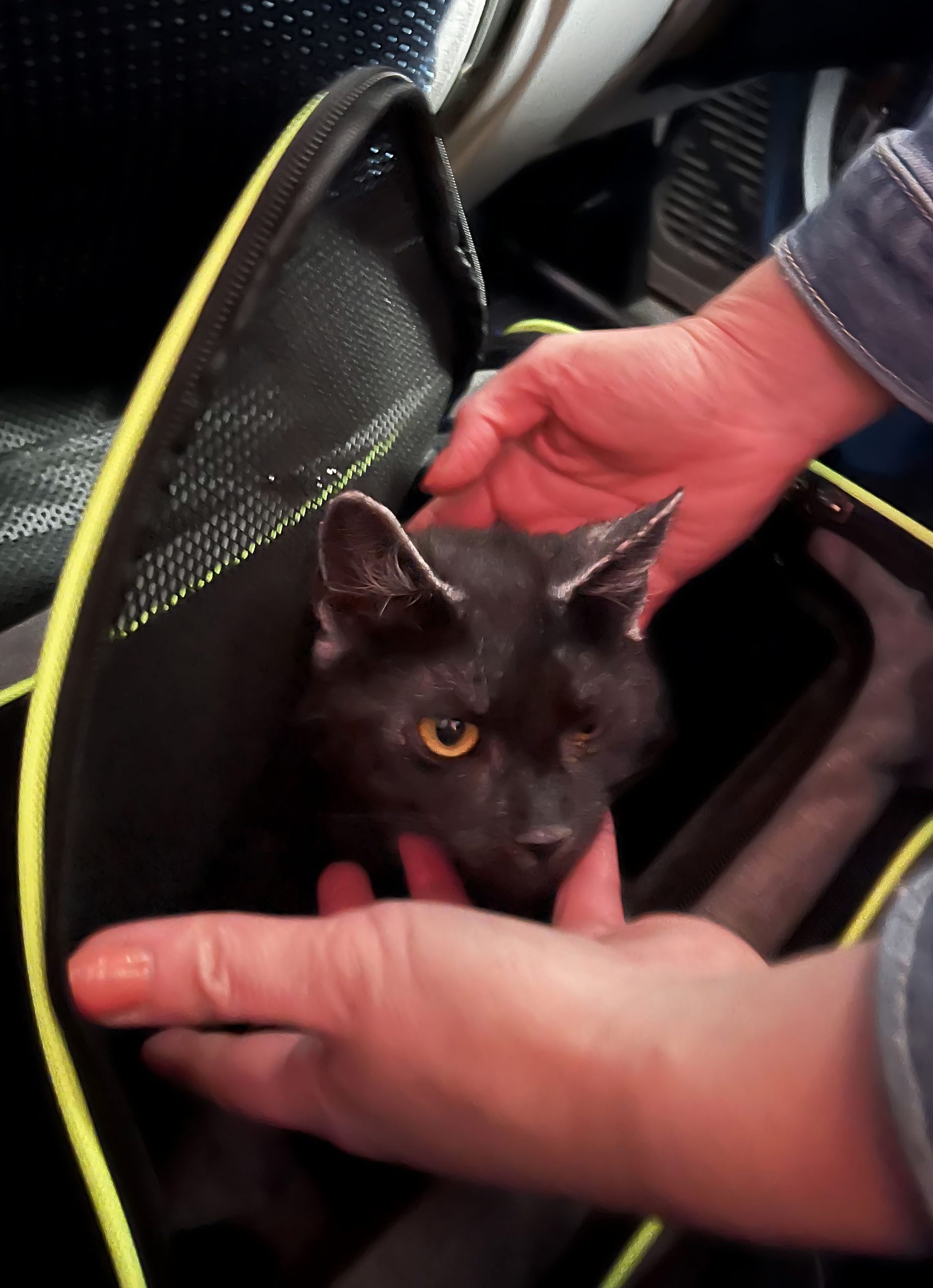
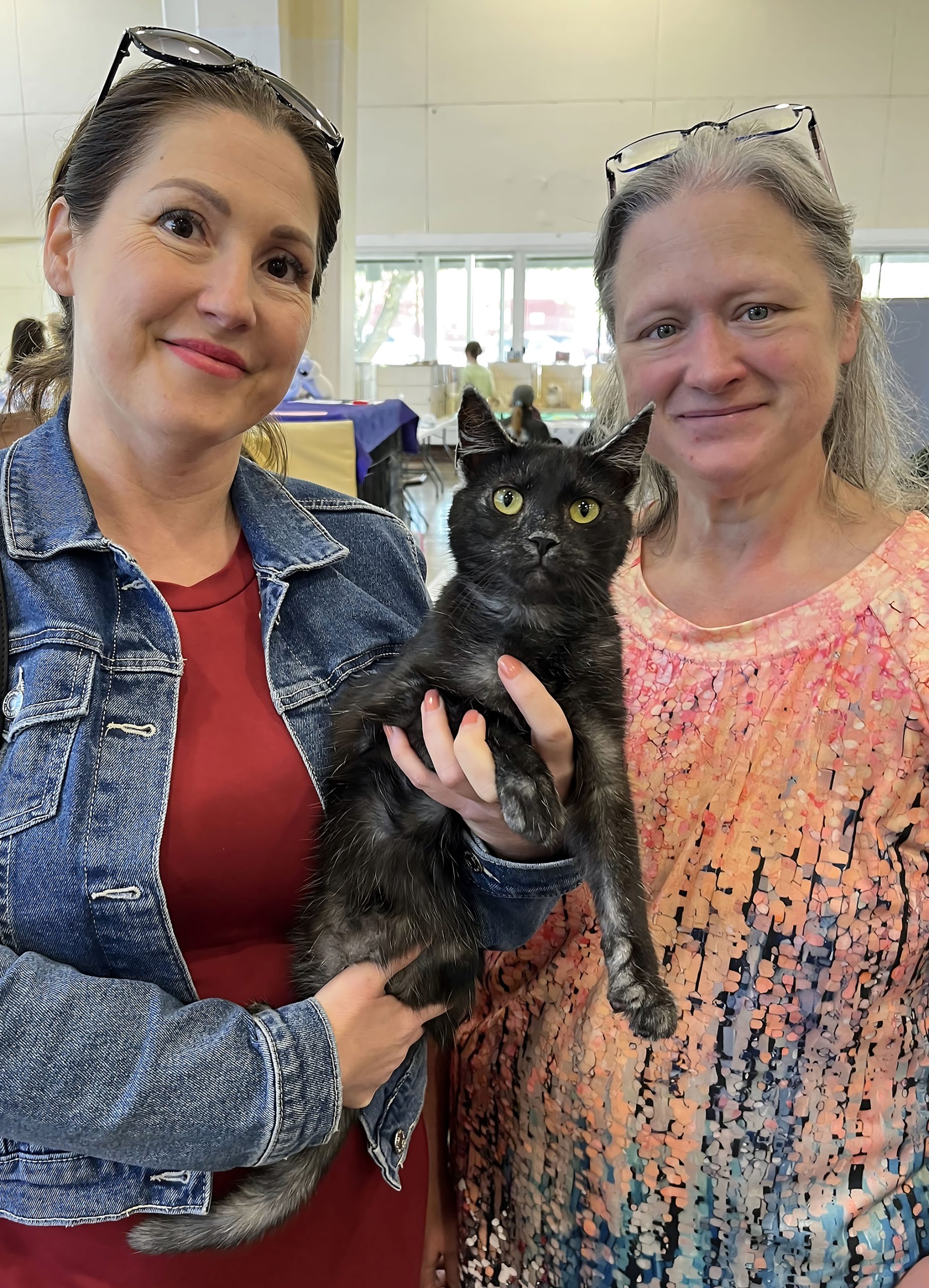

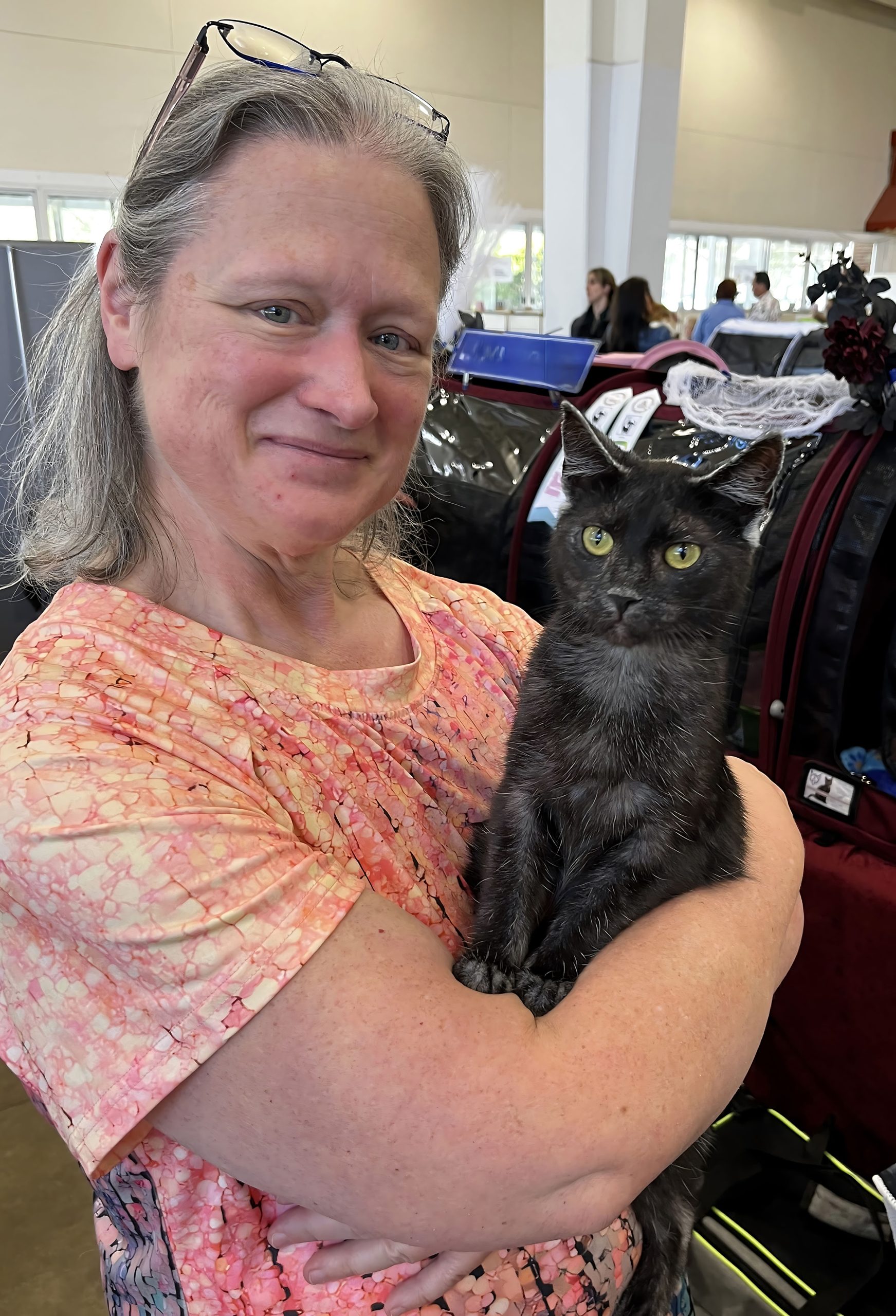
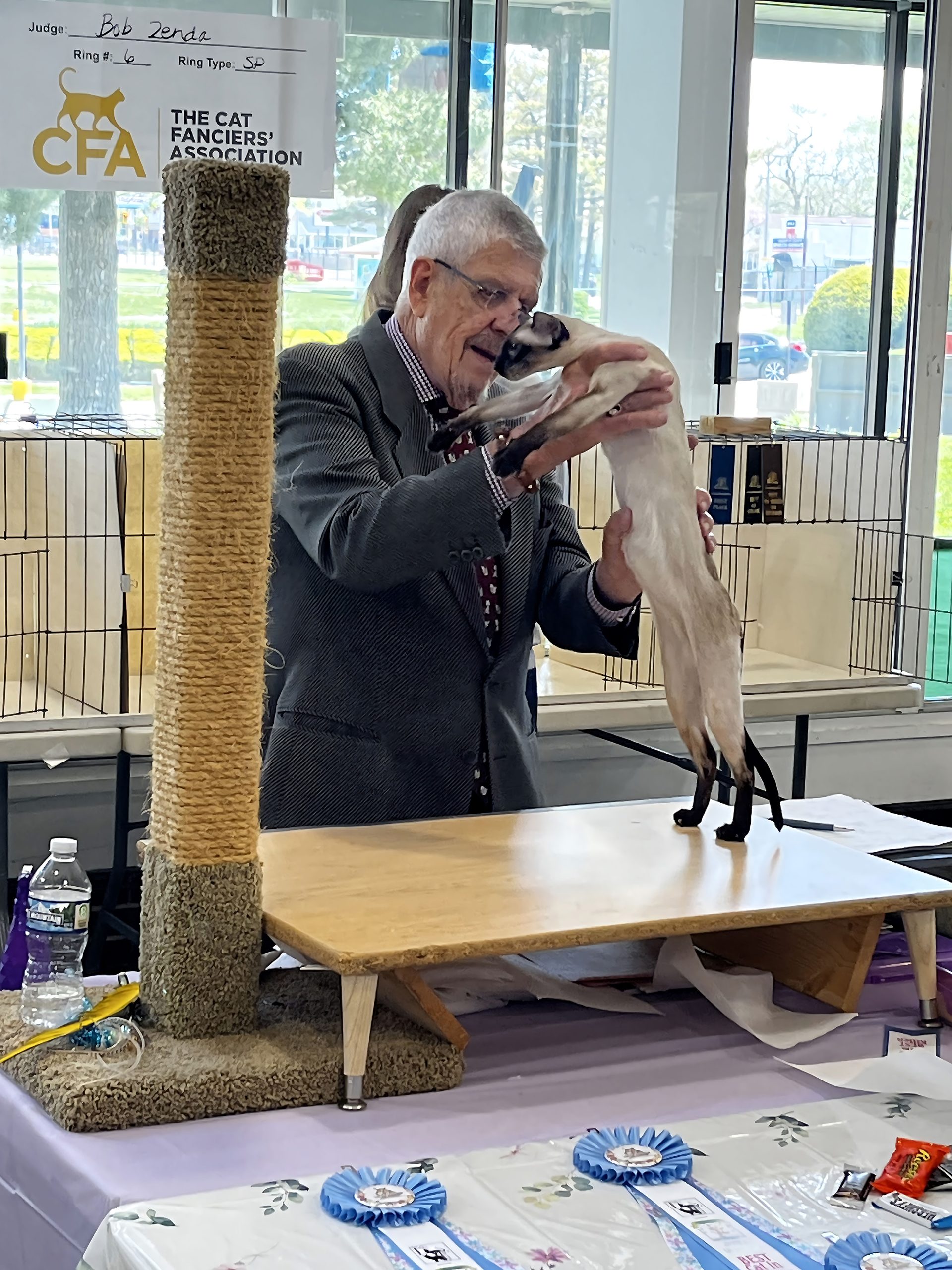
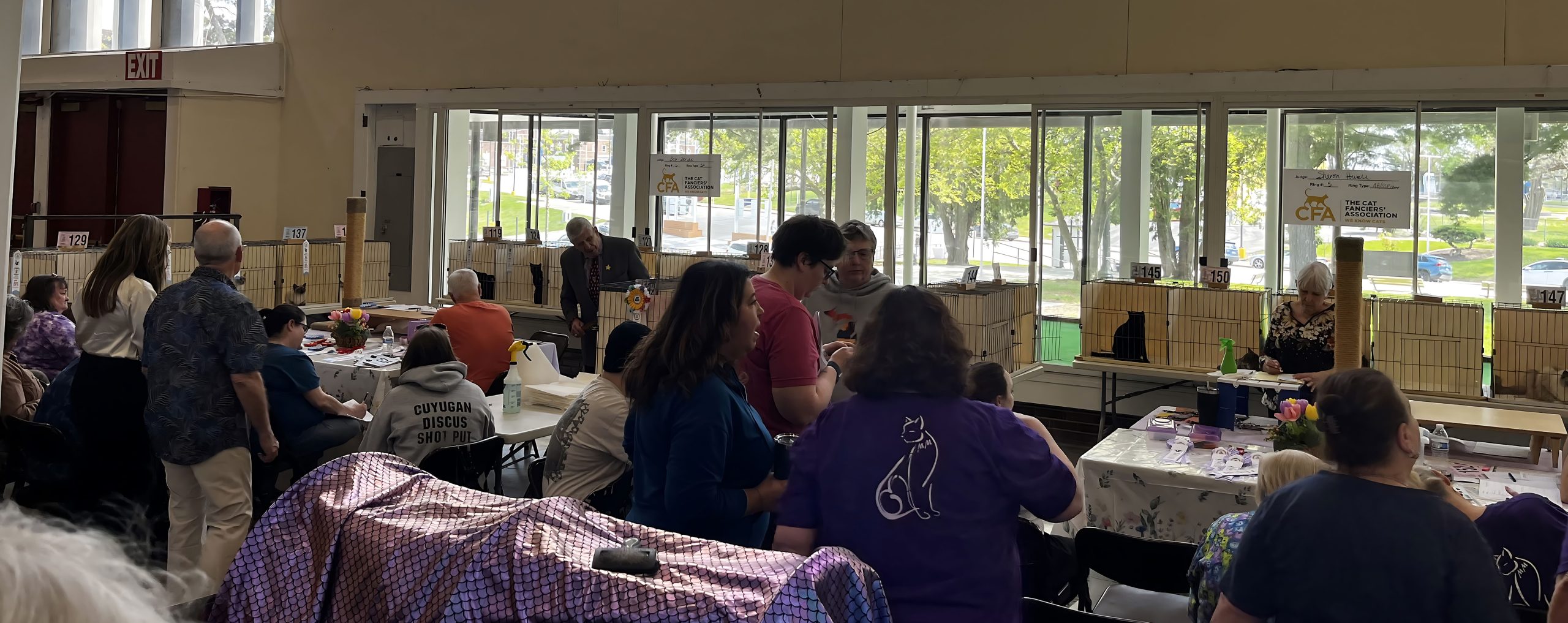
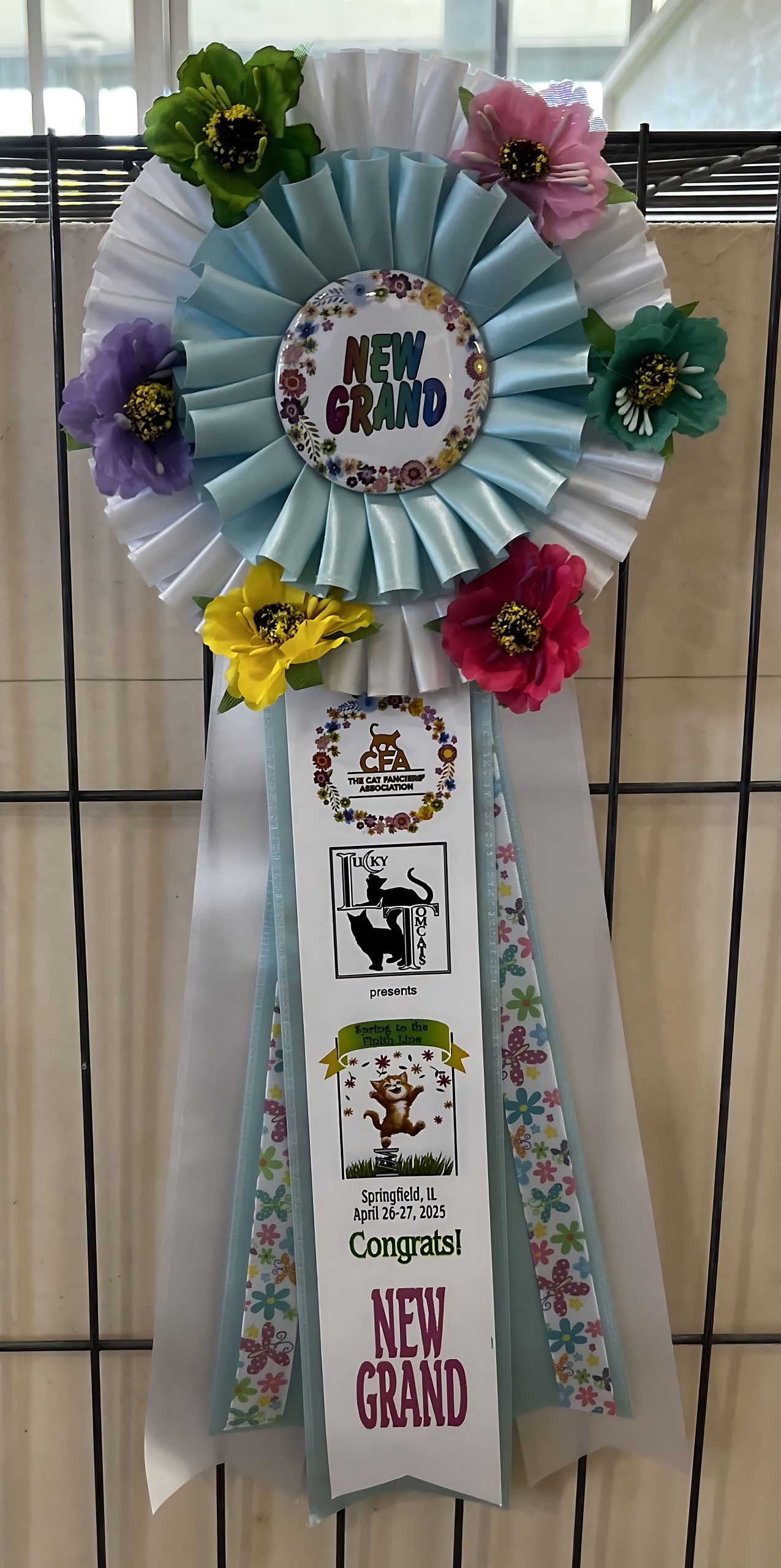
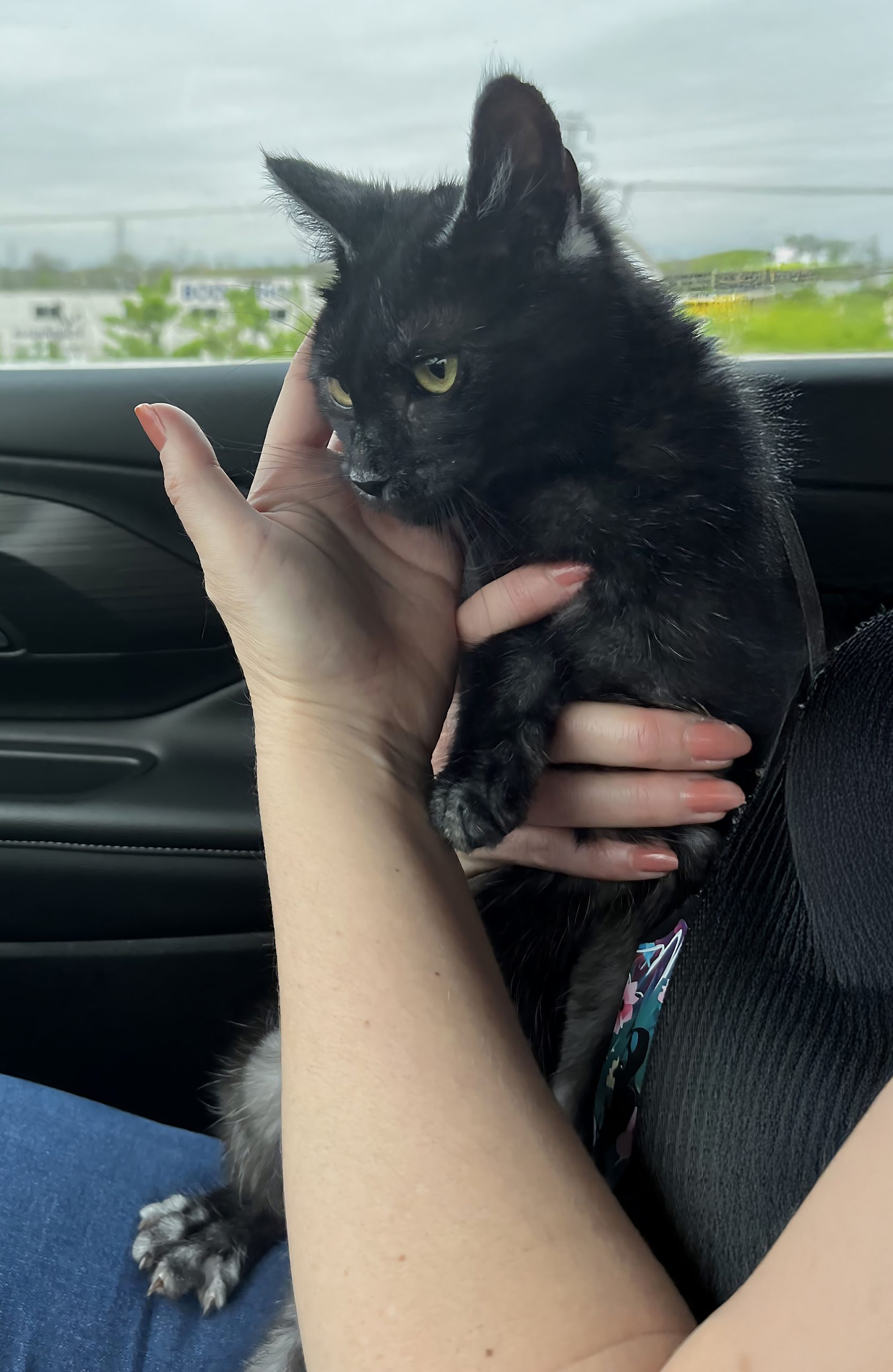
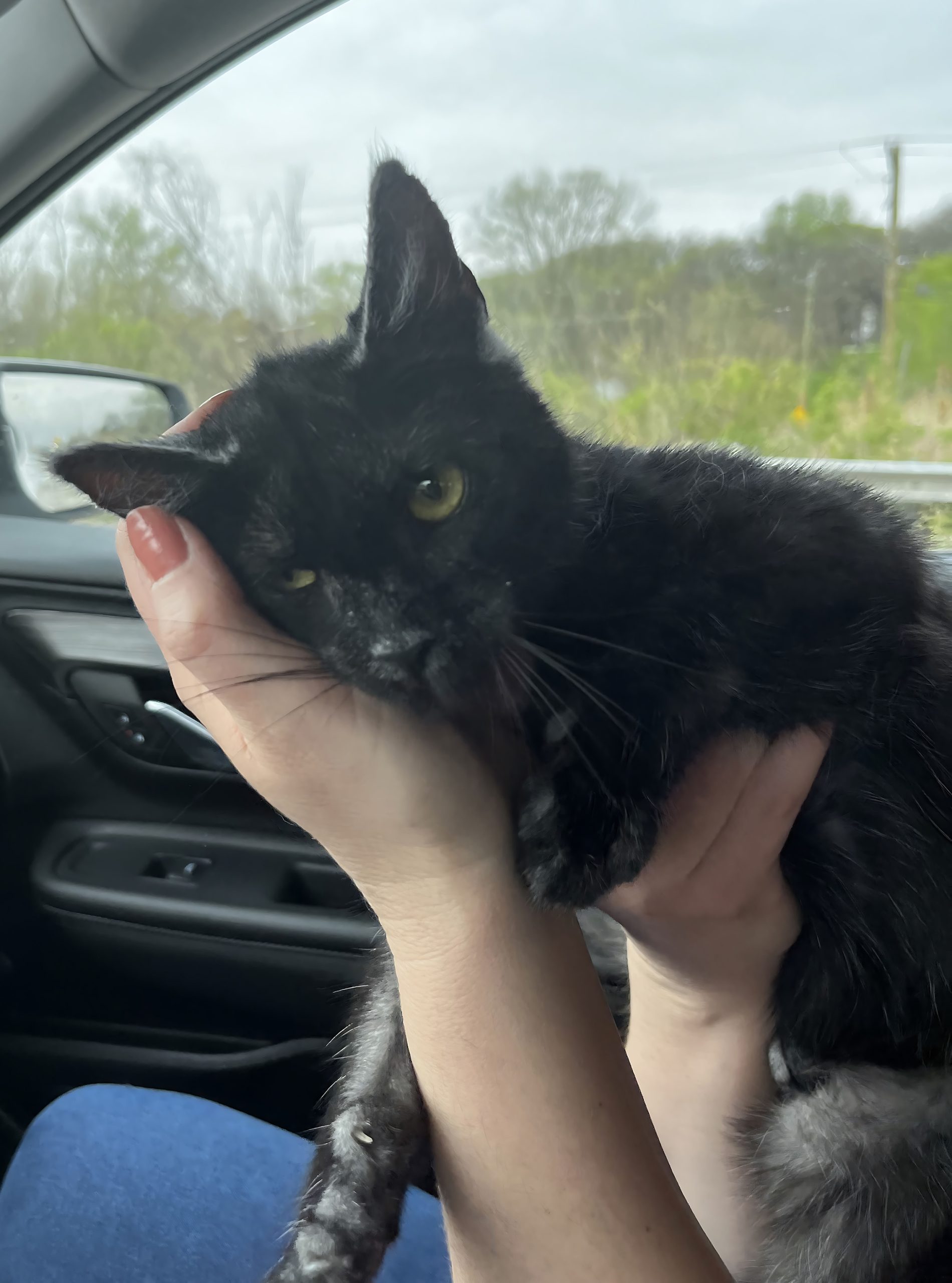
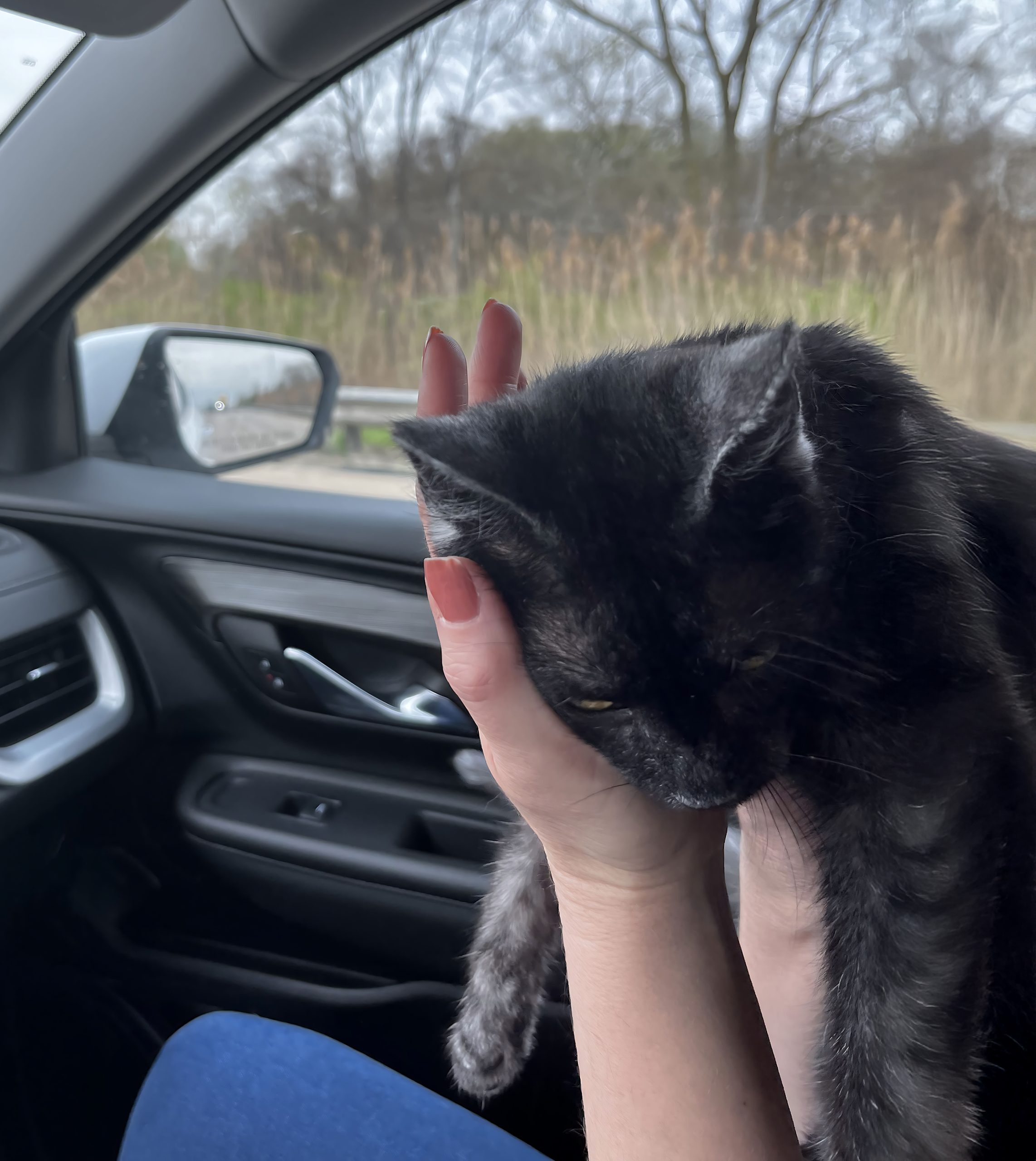
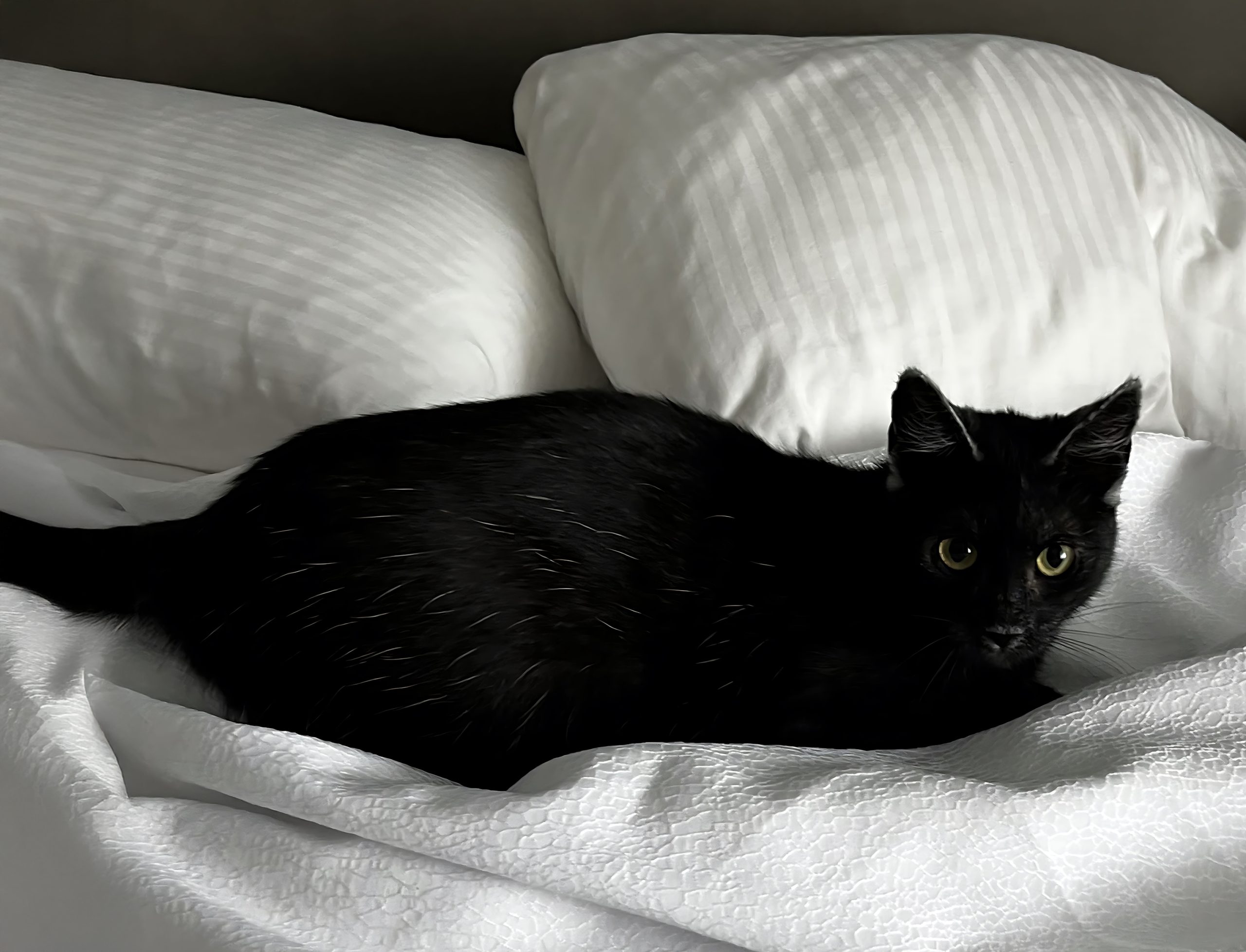
Copyright Notice
All content displayed on the website greyheart.hu – including but not limited to text, images, logos, graphics, videos, and other audiovisual materials – is the exclusive intellectual property of the Grey Heart Transylvanian Cat Breeding program and is protected under applicable copyright laws of the European Union (in particular, Directive 2001/29/EC of the European Parliament and of the Council, and Directive (EU) 2019/790).
Any reproduction, distribution, modification, republication, storage, or other use of the content, in whole or in part, is strictly prohibited without the prior written consent of the owner.
All rights reserved.